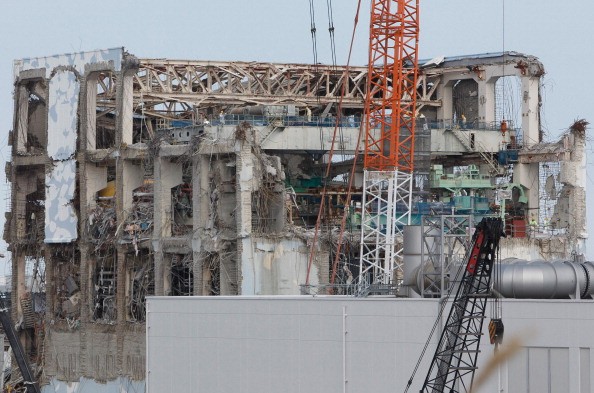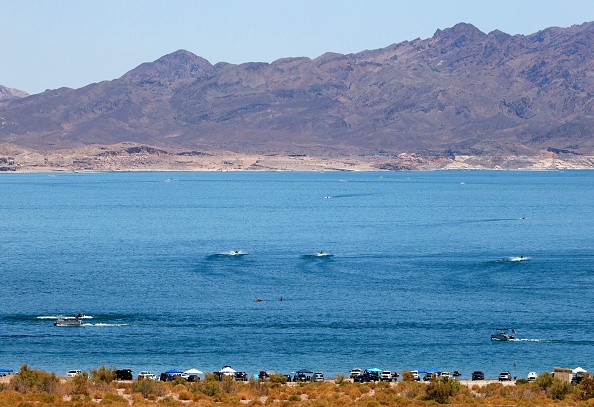The cleanup from the Fukushima nuclear accident in 2011 would cost hundreds of billions of dollars, but the environmental cost might be far greater, according to a research, with neighboring lakes polluted for another 20 years.

Lake Onuma's Radioactivity Concentration
Lake Onuma on Mount Akagi might be polluted with radioactive cesium-137 (137CS) for up to 30 years after the unfortunate incident, according to a group of researchers led by those from the University of Tsukuba.
The fractional diffusional approach was utilized by the researchers to establish that radioactive concentration would occur for up to 10,000 days after the event.
The radiation concentration dropped very fast after the nuclear disaster, but the decline slowed dramatically in the months and years that followed.
Since Lake Onuma is a closed lake, it receives just a little quantity of inflow and runoff water. Professor Yuko Hatano, one of the study's co-authors, said in a statement that previous research had utilized the two-component decay function model, which is the sum of two exponential functions, to match the detected 137Cs radioactive concentration.
Health Issues Caused by Exposure to Radioactive Isotope
Cesium-137 has a half-life of roughly 30 years, according to the Environmental Protection Agency. Exposure to the radioactive isotope may result in burns, radiation illness, and death, as well as boosting cancer risk.
The specialists utilized a fractional diffusion model to forecast the 137Cs content in both the lake water and the pond smelt, a common species of fish that dwells in the lake, over the long term.
The quantity of 137Cs in lake water and pond smelt was tested for 5.4 years after the event, according to the researchers. Experts anticipate that radioactive concentration will occur for up to 10,000 days after the catastrophe, based on the formula.
Researchers will be able to better comprehend the radioactive contamination of surrounding lakes that have been closed, as well as provide citizens a clearer sense of living conditions around the lakes, thanks to the formula.

Effects of Radioactive Contamination on the Ecosystem
A different set of researchers discovered last month that species in the region, particularly wild boar and rat snakes, are flourishing and have seen no substantial health consequences.
This is most likely due to the fact that cesium-134, one of the principal radioactive elements released during the accident, saw its levels in the region drop by about 90%, owing to its short half-life of just over two years.
Another study published in January 2020 revealed that more than 20 species, involving wild boar, macaques, and a raccoon dog, were flourishing in the 'exclusion zone' surrounding the Fukushima Daichii nuclear plant, which had been shut down.
Researchers found in July that the accident had resulted in a boar-pig hybrid, since both species in the vicinity had mated. The Fukushima tragedy ravaged Japan, irreversibly shifting huge portions of Honshu, the country's main island, many feet to the east.
It triggered 130-foot-high tsunami waves that destroyed 450,000 people's houses and melted six nuclear reactors at the Fukushima Daiichi Nuclear Power Plant. Thousands of people were forced to abandon their houses as a constant stream of deadly, radioactive pollutants were released into the atmosphere.
For more news, updates about radioactivity and similar topics don't forget to follow Nature World News!
© 2025 NatureWorldNews.com All rights reserved. Do not reproduce without permission.





